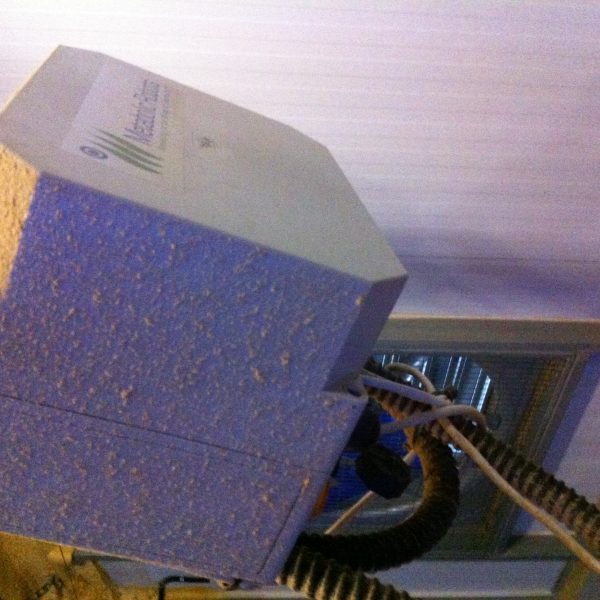Description
The product:
After a series of discussions with The Humane League, United Egg Producers has announced that it will eliminate the culling of male chicks from its egg laying hen hatcheries by 2020, or as soon as commercially available and economically feasible. The organization, which represents 95% of all egg producers in the US, plans to replace existing male chick culling practices with in-ovo egg sexing technology. Currently, female chicks born in hen hatcheries are raised to become layer hens, but the industry has no use for male chicks which cannot lay eggs or efficiently grow to become meat birds. Common culling practices include grinding the chicks in high-speed industrial grinders, asphyxiation, or crushing. In the broilers industry it is needed to raise male and female separately to have efficiency and not loss monies from a not uniformed flock, all 1 day old chicks need to go through manual sexing that is harmful and stressful as well as being a super professional job.
To address this practice of culling day-old chicks, a new Patented technology developed by Ziv Dubinsky founder of MRFS, determines the sex of each fertilized egg before the hatching. The embryo-sexing technology, which should soon be available for commercial use in egg production, will enable the marking of near to all female-identified eggs from the hatchery, allowing them to hatch and not be manually sexed. The Human League characterizes this as both a more ethical and more sustainable process, which will remove tens of millions of eggs from manual expensive time consuming work, as the male-identified eggs will be used correctly. The German government recently made a similar commitment to put this technology to use within the next few years.
Determining the sex of an unhatched egg using a non invasive method is possible, through the use of Support Vector Machine learning. Metabolic Robots has identified over 94% of female embryos before they have hatched and can today bring down manual sexing cost by more than 20%. We have determined associated learning algorithms divided by a clear data gap between male and female embryos. Next step is going to Kernel methods that operate in high dimensional features and statistical learning to bring our analysis to the max bringing cost of manual work down by 50%.
Test has begun in the Netherlands showing a clear significant outcome.


Reviews
There are no reviews yet.